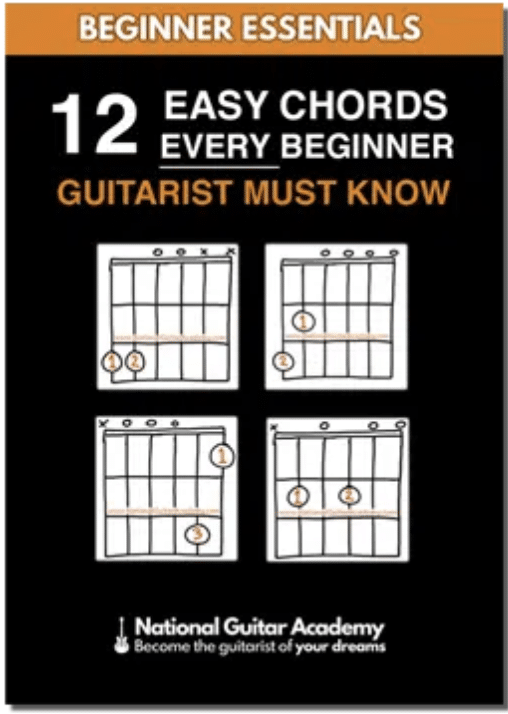Practicing these three techniques will quickly level up your fingerstyle playing.
Building on our last lesson about thumb placement and which strings your thumb should focus on, here are some simple exercises to help you practice. These exercises are designed to get you comfortable with thumb movement and accuracy, whether you’re a beginner or more advanced.
Exercise 1: Basic Chord Progression
Start with a G chord, then move to a C add9, back to G, and then to D. If you’re new to guitar, feel free to use simpler “stepping stone” chords.
For example:
- G chord: Use just two fingers.
- C major 7 instead of C add9.
- Dsus instead of D.
The goal here is to focus ONLY on your thumb. Play four beats per chord, keeping your thumb on the correct strings and in time.
This is all about accuracy and getting comfortable moving your thumb around the strings while playing simple chords.
Exercise 2: Barre Chord and A-Shaped Progression
If you’re a bit more advanced, try the same exercise using barre chords and an A-shaped pattern.
For example:
- Play a G barre chord, then move to a C barre chord, and finish with a D barre chord.
This variation adds the challenge of moving around the neck while keeping your thumb in the right place. It’s a great way to practice precision and timing with more complex chords.
Exercise 3: Alternate the thumb string
For something a little different, try alternating your thumb between two different patters. The most classic version of this is to alternate between the 6th and 5th strings.
For example:
- Play a C chord and bounce between the C (5th string) and G (6th string) notes.
This alternating thumb technique is common in country, blues, and folk music. It helps you develop control and a feel for rhythmic basslines.
Key Tips:
- Take it slow and steady. The goal is to get your thumb moving smoothly and accurately.
- Focus on the beat. Whether it’s four beats per chord or alternating thumb patterns, staying in time is essential.
- Don’t stress about finger placement at this stage; this is all about your thumb.
These exercises are a great way to build a solid foundation for your thumb technique. Keep practicing, and you’ll see improvement in no time!



